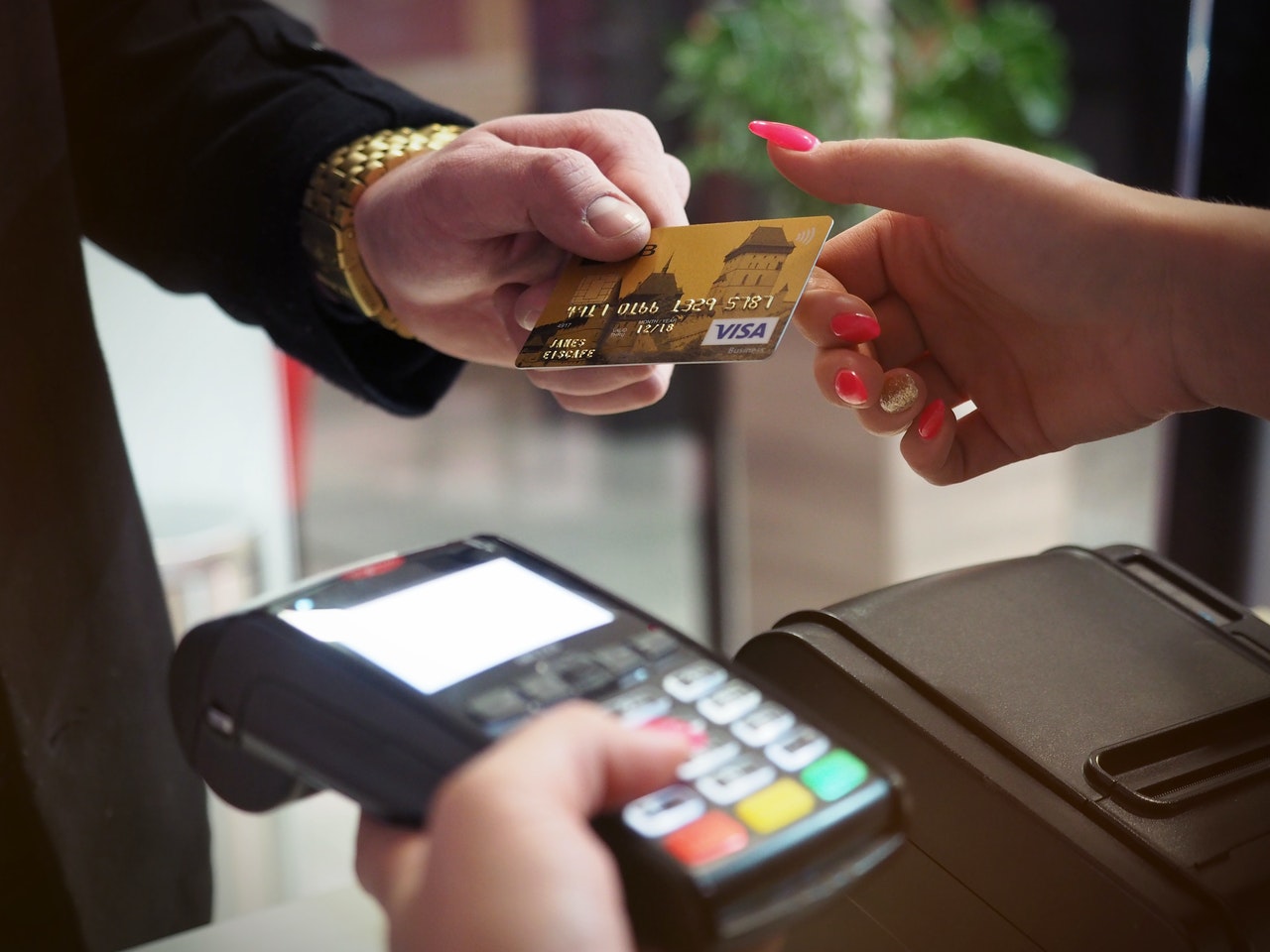A high-risk business is as unique as its needs when it comes to acquiring a merchant account. A business that operates within a high-risk vertical cannot simply walk into the lobby of a bank and open a traditional merchant account. Even approaching a traditional merchant account provider is not an option.
What a high-risk business needs are a high-risk merchant account provider that specializes in these types of verticals. These verticals tend to be businesses that have higher than normal incidences of fraud and chargebacks. There might be heavy government regulation and other risk factors that keep traditional merchant account providers at a distance.
What Makes A Business High-Risk?
Many factors make businesses fall under the high-risk category. As previously mentioned. Higher than usual incidences of chargebacks and fraud are one of the biggest reasons for the industry to fall under the high-risk category. Chargebacks that cross the 1% threshold are likely to have their merchant accounts frozen or automatically shut down.
Additional reasons for being categorized under high risk are as follows:
- Credit card transactions that are over $500 on average
- $20,000 or more in sales per month
- Doing business with countries known for high incidences of fraud
- A history of poor credit
- A new business with little to no transaction history
Which Businesses Fall Under The High-Risk Category?
Although this is not an exhaustive list of businesses that would be considered high-risk, they are the most well-known. See if your business falls under this category:
- Adult entertainment
- Airlines
- Bankruptcy attorneys
- Banned or illegal goods and services
- Brokerages
- Credit protection, counseling, or debt repair services
- Dating services/online dating
- Direct-response marketers
- Drug paraphernalia
- E-books (copyrighted material)
- Electronics
- Event-ticket brokers
- Extended-warranty companies
- Fantasy sports websites
- Subscription-based billing/recurring billing
Strengths And Shortcomings Of High-Risk Merchant Accounts
Without question, you cannot have a profitable high-risk business if you don’t have the merchant account to take and process card payments. But like anything in business, not everything is without its downsides.
Let’s explore the strengths and the shortcomings of having a high-risk merchant account.
The Strengths
- Opportunities for growth
- More profit
- Capacity to accept multiple currencies
- Protection from chargebacks
- Reserve account for unexpected chargebacks
- The ability to process card transactions regardless of bad credit
The Shortcomings
- Higher than average processing fees and rates
- Reserve account to protect provider (can be as much as 50% of your monthly volume)
- Rolling reserve that can be kept up to 180 days after closing the account
What To Look For In A High-Risk Merchant Account
Finding the perfect high-risk merchant account for your business can be overwhelming, especially since there are so many that have cropped up over the years. Some do promise to provide everything you are looking for, but do be wary and only consider those who have truly demonstrated expertise in the high-risk market.
As you research to select the best merchant account provider for your business, make sure that they have at least these features:
- Prompt support: Problems will arise at some point in your business. You need a provider that will be your advocate, providing prompt and effective support to help you resolve a complex issue that could place your business at risk.
- Multiple payment options: It is a known fact that customers have more options for payment methods than ever. And if their preferred payment option is not offered among the list of payment methods on a business website, they simply take their business and their money elsewhere. That’s why your provider must be able to offer multiple payment methods to keep your customers happy and coming back.
- No undisclosed fees: Transparency should be the name of the game for both parties. You as the merchant must disclose your personal and business financial information to be approved for a merchant account. The provider must be upfront with all fees and prices associated with that merchant account. If this information cannot be easily found on the provider’s website, you can contact them directly to get that information. Ensure this information is provided in writing.
- Anti-fraud resources: The very fact that you are operating within a high-risk industry demands that your provider have the very best anti-fraud tools to combat fraud. It should also include chargeback mitigation tools as well.
- The latest in technology: You don’t want to deal with a provider whose website experiences an excessive amount of downtime. When it comes to onboarding you, the process should just take a matter of days and not weeks. It should be a smooth, not a painful experience. Your best provider is one that is up-to-date with the latest technology.
- Flexible contracts: High-risk merchant accounts are typically associated with long-term contracts with abusive terms and conditions. You should not be locked into a situation like this since your business can change. Instead, look for a provider that can offer you the option of a month-to-month contract.
Open Your High-Risk Merchant Account Today
High-risk merchant accounts have come a long way as more high-risk verticals are entering the market and becoming increasingly profitable. The key is knowing what your business needs to grow and prosper.
The more you know about how high-risk merchant accounts work, the more equipped you will be when it comes to choosing the best provider for your high-risk business.
Although high-risk merchant accounts do come with a bit more stringent policies than lower-risk merchant, they should still be fair in terms of pricing, fees, and contract terms.
Always read your contract to ensure that everything is disclosed. Never sign a contract if anything is obscure or unclear in terms of pricing and penalties. When in doubt, hire ta lawyer’s expertise to help you sort out any complex clauses and requirements.


